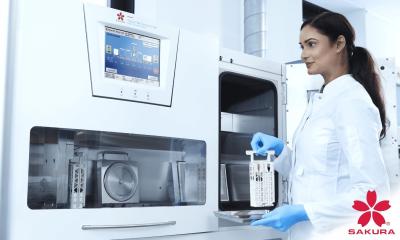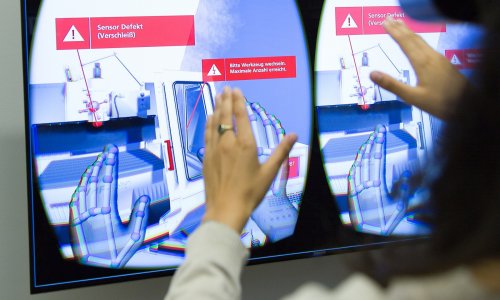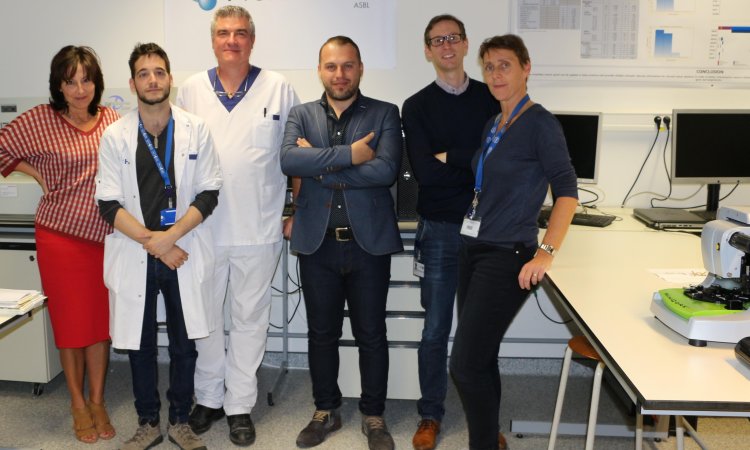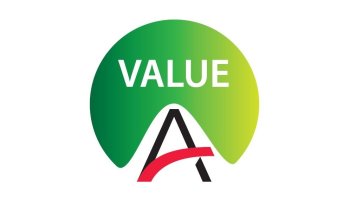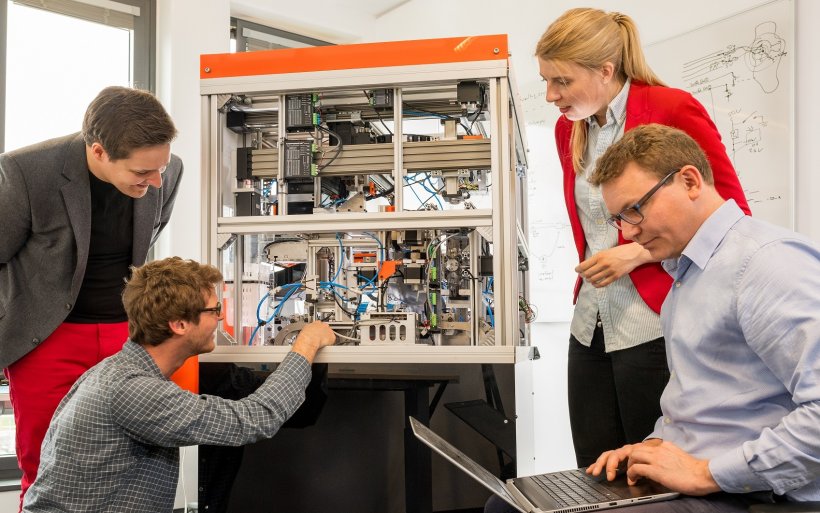
Source: Astrid Eckert
Article • Connected laboratory
Digitisation and automation: Game-changers in histopathology?
Often referred to as the ‘Achilles’ heel’ of histopathology, the sample entry has posed considerable challenges in pre-analytics for several decades. We visited the Munich-based lab automation start-up Inveox GmbH.
A decades-old problem
Time-intense, highly manual processes in labs are expensive, error-prone and the most common reason for irregularities in cancer diagnoses. In Germany alone, every year hundreds of patients are misdiagnosed or treated incorrectly due to false-positive/negative laboratory findings, that cause fatal medicinal, psychological and personal consequences for patients and families. Of course, that is the worst-case scenario. However, the traditional process of sample entry in histopathology labs is almost always described as very lengthy and inefficient. The exposure of lab staff to the carcinogenic substance formalin, in which the tissue samples are transported, is often associated with occupational health hazards.
The solution: innovation and automation
Inveox has developed an automation system consisting of three components –a data and communication platform, proprietary biopsy containers and an innovative automation device for the sample entry. ‘It defines a new standard in patient safety while providing a long-sought boost in lab efficiency and profitability’ co-founder and CEO Maria Driesel claims.
Web-based data and communication platform
The diagnostically relevant data (e.g. imaging, precise macroscopy, tracking) which could not be recorded and leveraged in the traditional process, are now collected in an IT database and made available to pathologists in their existing laboratory information system. Using the inveox web-based, encrypted data and communication platform, physicians and pathologists are automatically informed about the status of a sample in real time - from the extraction of the tissue sample to diagnosis.
Intelligent sample container

Whilst nowadays biopsies must be manually repacked into different vessels and re-labelled several times in the process, Inveox has combined these vessels into a single sample container with an integrated filter. This way, the sample always remains in a single container, eliminating potential mix-ups, loss or contamination. Furthermore, the sample container is provided with a unique and permanent ID, additionally increasing processual safety and allowing for data transfer, track & trace and process control.
An automation device for sample entry
The lab automation device is designed to enable several dozens of sample containers to be inserted at a time and, be processed automatically, seamlessly and simultaneously: The sample data is collected, formalin removed, and the tissue photographed 360° for documentation and additional diagnostical information. The subsequent innovative technology computer vision opens up a multitude of new possibilities in Visual ID, Machine Learning/AI, which are yet to be explored and leveraged in processual, analytical and diagnostic terms. The sample is then discharged from the machine, still sitting in the same coded part of the original sample container, the biopsy cassette, and can be seamlessly transferred to the next step in the lab’s workflow. ‘Inveox is also working and actively researching artificial intelligence. We are determined to create the greatest possible impact and improve lives.’ co-founder Dominik Sievert emphasises.
Pathology 4.0 – The laboratory of the future
Every good therapy begins with a precise, reliable and comprehensive diagnosis. Therefore, the future of healthcare begins in the laboratory. ‘Our goal is a fully automated, connected laboratory including sample tracking as well as collection and leveraging of process data. Process mining and an algorithm to understand what happens to a sample on its long journey from tissue collection to diagnosis are sources for further insights.’ Maria Driesel points out. Combined with diagnostic data, e.g. from pathologists and radiologist, as well as patient profiles, this could form the basis for a reliable, holistic diagnosis – cross-location and in real time.
30.10.2018



